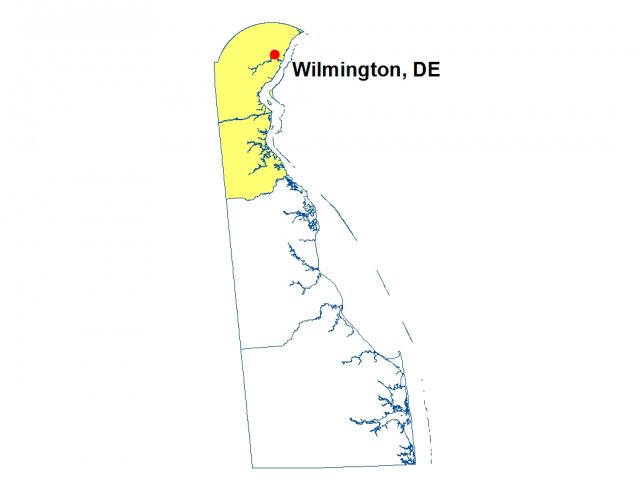Turning the Tide in the Delaware: Reducing a Legacy Pollutant
Stories of Progress in Achieving Healthy Waters
U.S. EPA Region 3 Water Protection Division
Wilmington, Delaware • April 9, 2015
A strategic approach to identifying and reducing sources of toxic discharges to the Delaware River is beginning to show results.
Recent studies indicate that an EPA pollution budget, or Total Maximum Daily Load (TMDL), is having its desired effect in reducing the pollution discharges of polychlorinated biphenyls (PCBs) that impact fish health and water quality in the Delaware River.
The Delaware River Basin Commission (DRBC) reported earlier this year that PCB loadings, or discharges, were down significantly and that a fish consumption advisory had been eased in the C&D Canal in Delaware – signs that a collaborative approach to implementing the TMDL is working.
The TMDL and its associated Implementation Plan have required municipalities and industry to identify sources of PCBs, develop and execute Pollutant Minimization Plans to reduce PCBs on a fixed schedule, and report annually on progress
The Pollutant Minimization Plans are now required by DRBC regulations and incorporated in federally enforceable Clean Water Act permits through the National Pollutant Discharge Elimination System.
EPA Regions 2 and 3 established the TMDL in cooperation with the DRBC and the states of Delaware, Pennsylvania and New Jersey in 2003 to reduce the legacy of PCB contamination in the Delaware.
PCBs, classified by EPA as a probable human carcinogen, were popularly used as coolants and lubricants in transformers and other electrical equipment. The U.S. banned the manufacture, sale and most uses of PCBs in the late 1970s, but the toxic compound is still found in the environment and can enter the Delaware through wastewater discharges, stormwater runoff, air pollution, contaminated sites and other means. In water, PCBs bind to sediments and are taken up by small organisms and fish.
Recent DRBC data analyses of annual discharger reports find that:
- More than 90% of dischargers are implementing plans to minimize PCB pollution.
- The 10 largest single point sources – representing 90% of the total point source loadings – reduced PCB pollution by 71% between 2005 and 2013.
While the sediment quality and fish health issues are far from solved, the incremental progress in reducing PCB pollution is an encouraging sign to those involved in writing a cleaner chapter for the iconic river. EPA Regions 2 and 3 continue to work with DRBC and member states on an update to the PCB TMDL and Implementation Plan in order to continue the progress.

- Turning the Tide in the Delaware: Reducing a Legacy Pollutant (pdf) (586.21 KB, 2015-04-09)

AT A GLANCE
-
More than 90% of dischargers are implementing plans to minimize PCB pollution in the Delaware.
-
The 10 largest single point sources reduced PCB pollution by 71 percent between 2005 and 2013
For additional information, contact:
Evelyn MacKnight
Office of Standards, Assessments and TMDLs
U.S. Environmental Protection Agency
Region 3 Water Protection Division
1650 Arch Street
Philadelphia, PA 19103
macknight.evelyn@epa.gov
